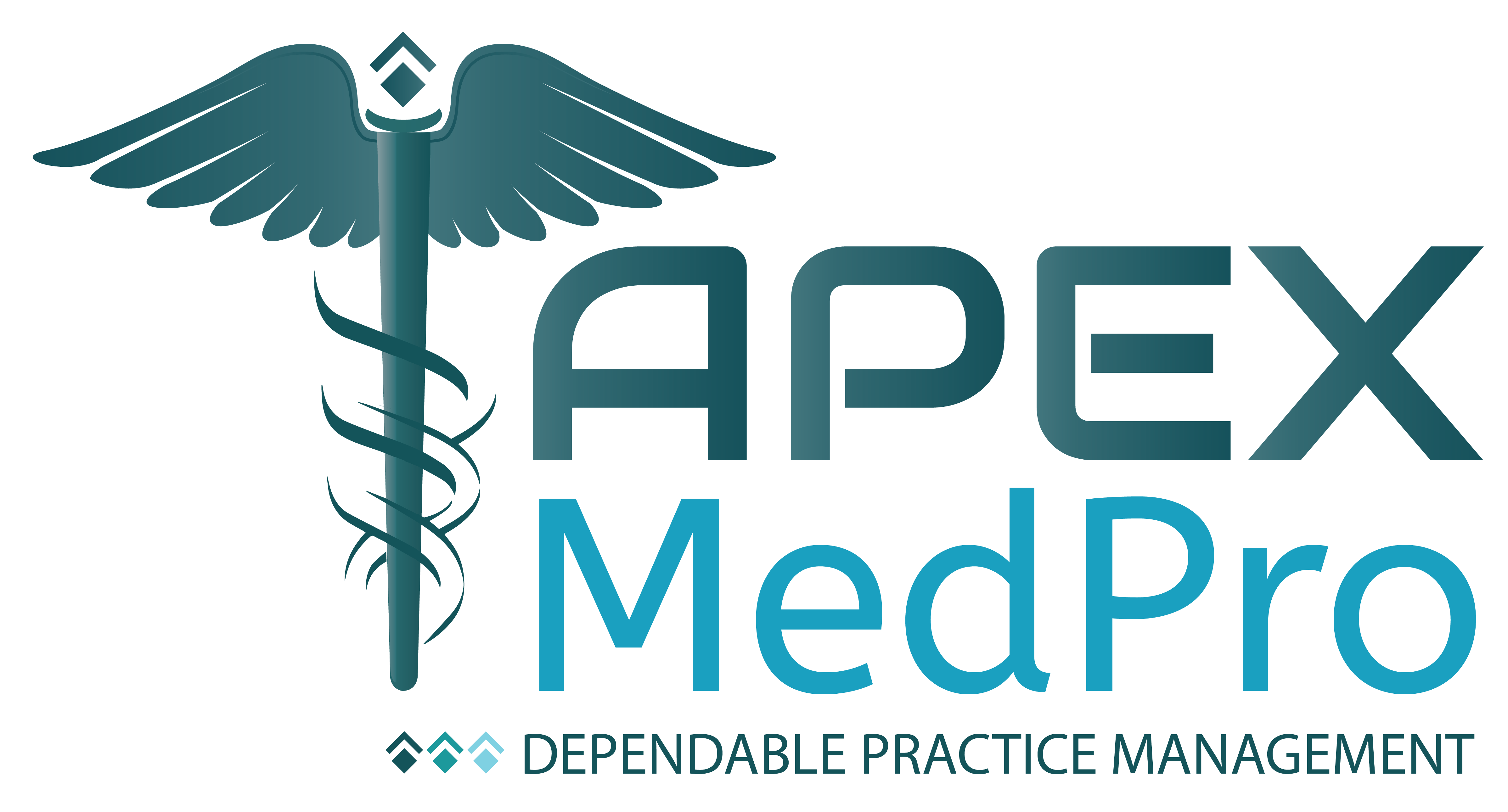Introduction:
Medical billing compliance audits are essential for healthcare organizations to ensure adherence to regulations, prevent fraud and abuse, and maintain the integrity of financial operations. Conducting effective compliance audits can be complex and time-consuming, but they are critical for maintaining legal and ethical billing practices.
In this blog, we will discuss the best practices for medical billing compliance audits to help healthcare organizations improve their processes and mitigate compliance risks.
Establish a Compliance Program:
Before conducting any audits, it is crucial to have a well-defined compliance program in place. This program should include policies and procedures that outline the organization’s commitment to compliance, designate responsible individuals, and provide guidance on billing practices. Ensure that the compliance program aligns with applicable laws and regulations, such as the Health Insurance Portability and Accountability Act (HIPAA) and the False Claims Act (FCA).
Regular Internal Audits:
Performing regular internal audits is the foundation of an effective compliance program. Internal audits help identify potential compliance issues, monitor billing practices, and ensure that proper controls are in place. Develop a comprehensive audit plan that covers all relevant areas, such as coding accuracy, documentation requirements, and billing processes. Consider using automated tools to streamline the auditing process and increase accuracy.
Engage an Independent External Auditor:
While internal audits are essential, engaging an independent external auditor brings a fresh perspective and unbiased evaluation to the compliance audit process. External auditors can offer specialized expertise and ensure compliance with industry best practices and regulations. They can also provide recommendations for improvement and assist in implementing corrective actions if needed.
Conduct Risk Assessments:
Performing regular risk assessments is crucial to identify areas of potential non-compliance. Analyze historical data, billing patterns, and internal controls to determine high-risk areas. Focus on services with higher reimbursement rates, complex coding requirements, or frequent billing errors. By identifying and prioritizing these risks, you can allocate audit resources more effectively.
Document and Monitor Audit Findings:
Document all audit findings, including areas of non-compliance, potential risks, and recommendations for improvement. Maintain a centralized audit database to track and monitor audit results over time. This documentation will be valuable for trend analysis, identifying recurring issues, and demonstrating ongoing compliance efforts.
Educate Staff on Compliance:
Effective compliance relies on the knowledge and commitment of all staff involved in the billing process. Provide comprehensive training on relevant laws, regulations, and organizational policies. Train employees on proper coding practices, accurate documentation, and ethical billing behaviors. Regularly update staff on any changes in regulations and reinforce the importance of compliance.
Implement Corrective Action Plans:
If compliance issues are identified during audits, develop and implement corrective action plans promptly. These plans should outline specific steps to address and rectify non-compliant practices. Assign responsibility for each action item and set deadlines for completion. Regularly monitor the progress of corrective actions to ensure their effectiveness.
Stay Abreast of Regulatory Changes:
Medical billing regulations are subject to frequent updates and changes. Stay informed about new regulations, coding guidelines, and payer policies. Maintain strong relationships with industry associations, participate in training programs, and subscribe to credible sources of information. Regularly review and update your compliance program and audit plan to align with the latest requirements.
Continuous Monitoring and Auditing:
Compliance is an ongoing process, and it requires continuous monitoring and auditing to ensure sustainability. Implement regular monitoring systems to identify potential compliance issues in real-time. Use data analytics tools to analyze billing data and identify anomalies or patterns of concern. Conduct periodic audits to verify the effectiveness of your compliance program and address any emerging risks promptly.
Engage Legal Counsel:
Consider involving legal counsel specializing in healthcare compliance to provide guidance on complex legal and regulatory matters. They can review your compliance program, audit findings, and corrective action plans to ensure compliance with applicable laws. Legal counsel can also provide insights into potential legal risks and support your organization in responding to any regulatory inquiries or investigations.
Conclusion:
Conducting medical billing compliance audits is essential to maintain ethical and legal billing practices in healthcare organizations. By following these best practices, organizations can proactively identify and address compliance issues, reduce the risk of fraud and abuse, and protect their reputation. Regular audits, robust compliance programs, and ongoing staff education will help ensure compliance with regulations and promote a culture of integrity within the organization.

